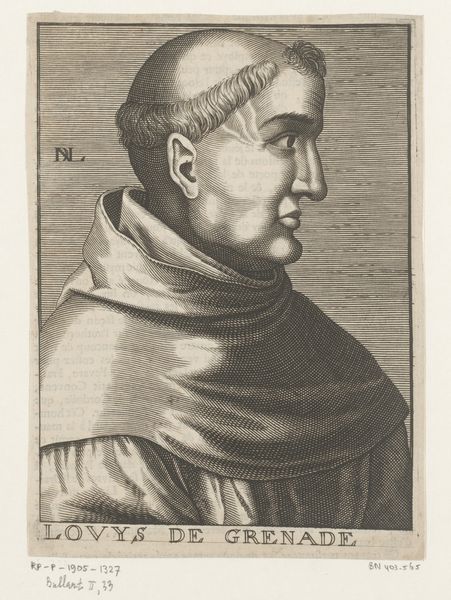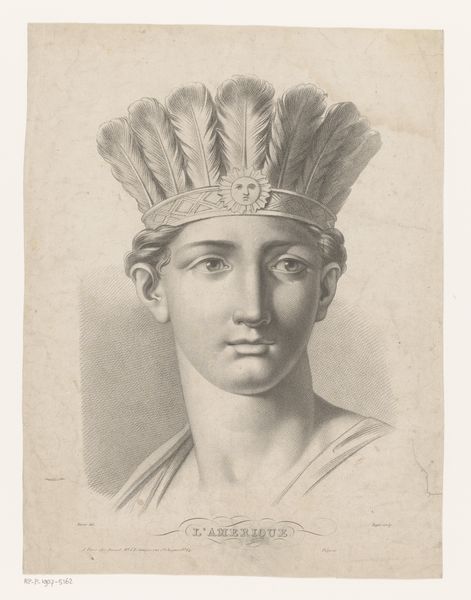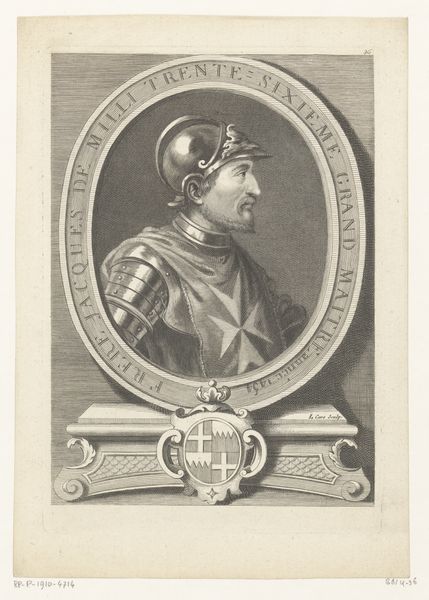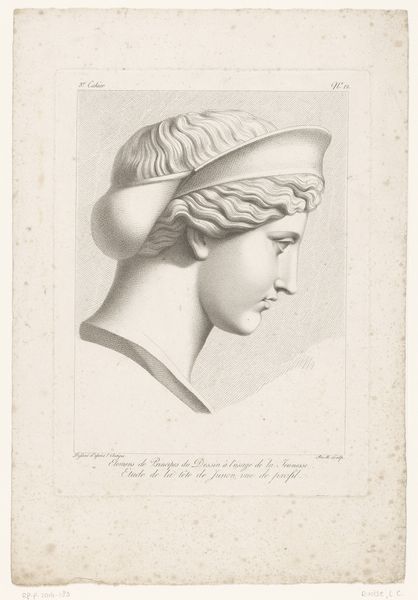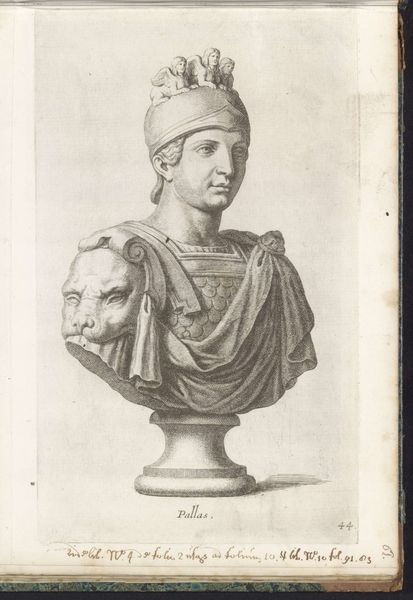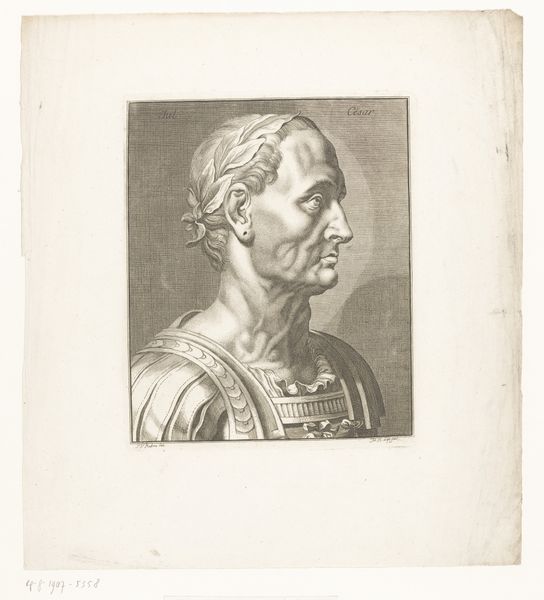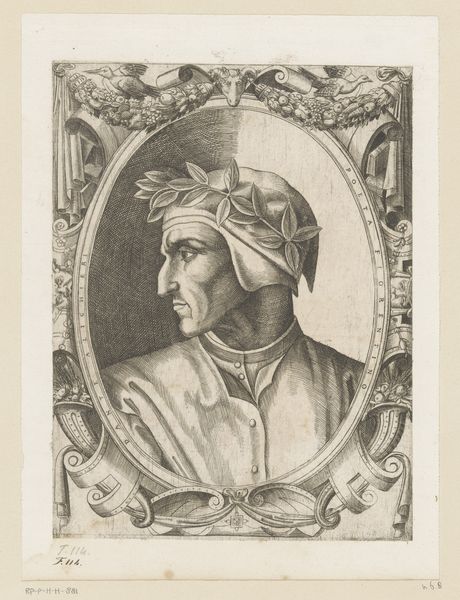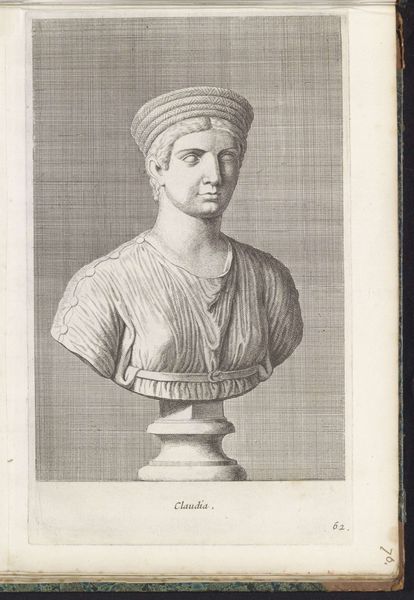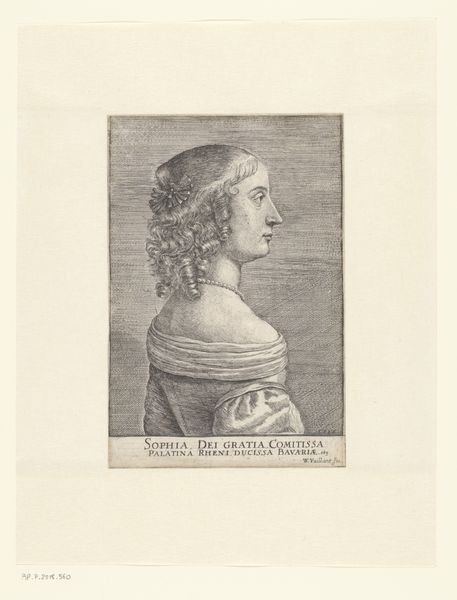
drawing, graphite
#
portrait
#
drawing
#
neoclacissism
#
classical-realism
#
pencil drawing
#
graphite
#
portrait drawing
Dimensions: height 532 mm, width 385 mm
Copyright: Rijks Museum: Open Domain
Editor: Here we have Jean Prud'hon's "Head of Minerva," a graphite drawing from somewhere between 1788 and 1888. The detail is incredible; it’s almost photographic! What’s striking is how… severe she appears. How would you interpret this work? Curator: It's vital to place Prud'hon's Minerva within the shifting socio-political landscape. The late 18th and 19th centuries saw Neoclassicism being used in revolutionary and Napoleonic contexts. Ask yourself, how does an image like this, explicitly referencing classical antiquity, function amidst upheaval? Is it offering stability through historical precedent, or perhaps even subtly critiquing the present through an idealized past? Editor: I never considered it in that way before. So, Minerva here isn't just a classical figure, but potentially a statement on governance or societal ideals at the time? Curator: Precisely. Think about who commissions and consumes this image. Is it the aristocracy clinging to power or the emerging bourgeoisie aligning themselves with republican virtues? Who benefits from this portrayal? What existing power structures are being subtly supported or critiqued through its exhibition and circulation? Editor: That is truly a shift in perspective! It moves from admiring skill to questioning impact. Curator: Indeed. By understanding the institutional frameworks and socio-political climates surrounding art, we uncover its nuanced, active role in shaping thought. The political and historical understanding influences our experience and response to the work. Editor: I realize now how crucial it is to look beyond surface beauty, that really challenges what I thought I knew. Thanks. Curator: And thank you, considering historical context illuminates so many aspects of artistic intent, reception and impact. It’s a continuing revelation!
Comments
No comments
Be the first to comment and join the conversation on the ultimate creative platform.

